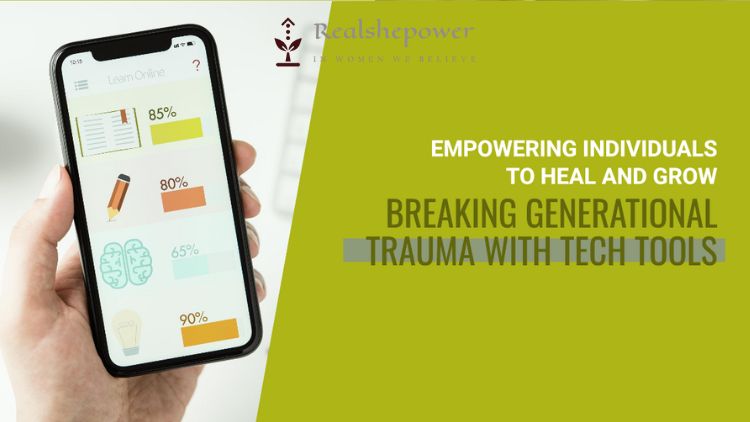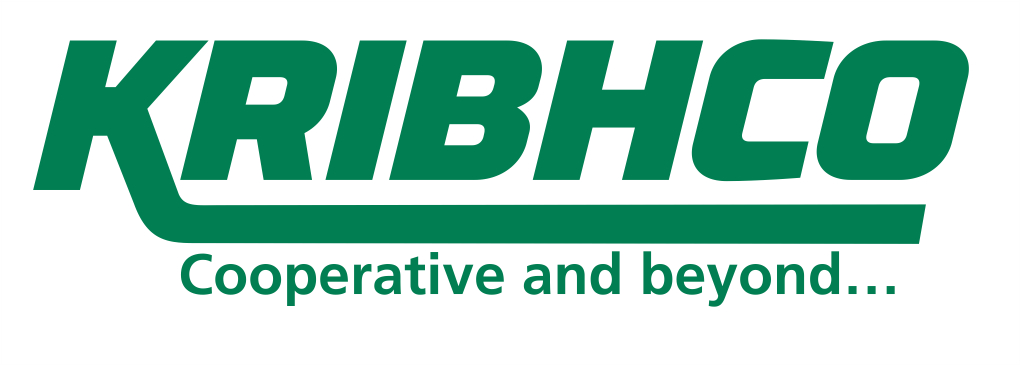Breaking the Cycle Through Technology: Apps and Resources for Healing Generational Trauma


Apps and Resources for Healing Generational Trauma
Hey there! We all know the feeling of carrying around invisible baggage, right? Sometimes, this baggage isn’t even ours – it’s the weight of past experiences passed down through generations, known as generational trauma. This trauma can manifest in various ways, impacting our relationships, careers, and even our physical health. But what if there was a way to lighten the load, a toolbox filled with tech resources to support you on your healing journey? Buckle up, because we’re diving into the world of apps and online resources specifically designed to help you break free from the cycle of generational trauma.
Table of Contents
Why Tech Can Be Your Ally in Healing
Let’s face it, traditional therapy can be expensive, time-consuming, and sometimes, downright intimidating. Technology offers a more accessible and discreet way to start your healing journey. Apps and online resources can provide a safe space to explore your emotions, learn coping mechanisms, and connect with others on a similar path.
But how exactly can technology help? Here are some ways:
- Education and Awareness: Feeling lost about generational trauma? There are numerous apps and websites offering in-depth information about the topic. You can learn about the signs and symptoms, explore different types of trauma, and gain a deeper understanding of how it might be affecting you. Resources like “The National Center for PTSD” and “The National Alliance on Mental Illness (NAMI)” provide valuable information for beginners.
- Journaling and Self-Reflection: Writing down your thoughts and feelings can be incredibly therapeutic. Apps like “Daylio” and “Gratitude Journal” offer a safe space to express yourself and track your emotional journey. “Moodtrack” allows you to monitor your mood swings and identify potential triggers for further exploration.
- Guided Meditations and Mindfulness Exercises: Feeling overwhelmed by stress and anxiety? Apps like “Calm” and “Headspace” offer guided meditations, breathing exercises, and sleep sounds to help you relax and manage your emotional state. Mindfulness techniques are powerful tools for staying present and reducing the hold of past experiences.
- Community and Support: Feeling alone in your struggles? Some apps like “The Mighty” and “MyPTSD” create a supportive online community where you can connect with others who understand what you’re going through. Sharing your experiences and learning from others can be incredibly empowering.
- Therapy at Your Fingertips: Teletherapy services like “Talkspace” and “BetterHelp” connect you with licensed therapists virtually, offering more flexibility and accessibility compared to traditional in-person sessions.
Finding the Right Tools for You:
With so many options available, it can be overwhelming to know where to start. Here are some tips for choosing the right tech tools for your healing journey:
- Identify your needs: What are you hoping to achieve by using technology? Are you looking for information, emotional support, or guided exercises?
- Read reviews: Check app store reviews and online resources to get a feel for what others are saying about different tools.
- Start small: Don’t overwhelm yourself – choose one or two apps to focus on initially. Consistency is key, so find tools that you can easily integrate into your routine.
- Privacy matters: Always prioritize your privacy when using apps or online resources. Ensure they have strong security measures in place and that your data is protected.
Important Considerations:
While technology can be a powerful tool, it’s crucial to remember that apps and online resources are not replacements for professional therapy. Here are some additional points to keep in mind:
- Tech can be a starting point: Technology can initiate your healing journey, but it’s not a magic bullet. If you need more specialized support, consider seeking professional help from a therapist specializing in generational trauma.
- Be mindful of limitations: Apps and online resources may not be suitable for everyone. If you’re struggling with severe symptoms, in-person therapy might be a better option.
- Beware of misinformation: Not all online information is accurate. Do your research and stick to reputable sources.
Beyond Apps: Expanding Your Tech Toolkit
The world of healing technology extends beyond mobile apps. Here are some additional resources you might find helpful:
- Podcasts: There are a growing number of podcasts dedicated to mental health and generational trauma. Listening to experts and others share their stories can be both informative and inspiring. Some great options include “The Trauma Therapist Podcast” and “Healing from History”.
- Online Courses: Platforms like Coursera and EdX offer online courses on topics related to trauma and healing. These courses can provide a deeper understanding of the topic and teach valuable coping mechanisms.
- Virtual Reality (VR) Therapy: While this is a relatively new approach, VR therapy shows promise in helping people confront past traumas in a safe and controlled environment. If you’re looking for a more immersive experience, explore this option with a qualified therapist.
Building a Supportive Digital Ecosystem
Remember, technology is just one piece of the puzzle. Consider these additional elements to create a holistic healing environment:
- Connect with a therapist: As mentioned earlier, while technology can be a great starting point, a therapist can provide personalized guidance and support tailored to your specific needs.
- Seek support groups: Connecting with others who understand what you’re going through can be incredibly validating. Online and in-person support groups can be a valuable source of strength and connection.
- Prioritize self-care: Healing is a journey, not a destination. Take care of yourself physically and emotionally through healthy eating, regular exercise, and getting enough sleep.
Empowering Yourself: You Are Not Alone
Breaking free from generational trauma is a courageous act. By utilizing the power of technology alongside traditional methods of healing, you can break the cycle and build a brighter future for yourself. Remember, you are not alone in this journey. There are countless resources available to support you, both online and offline. Take it one step at a time, celebrate your progress, and believe in your ability to heal.
Here are some additional resources you might find helpful:
- The National Center for PTSD: https://www.ptsd.va.gov/
- The National Alliance on Mental Illness (NAMI): https://www.nami.org/Home
- The National Child Traumatic Stress Network: https://www.nctsn.org/
Disclaimer: This article is for informational purposes only and should not be considered a substitute for professional medical or psychological advice. If you are struggling with symptoms of generational trauma, please reach out to a licensed therapist or counselor for personalized support.
